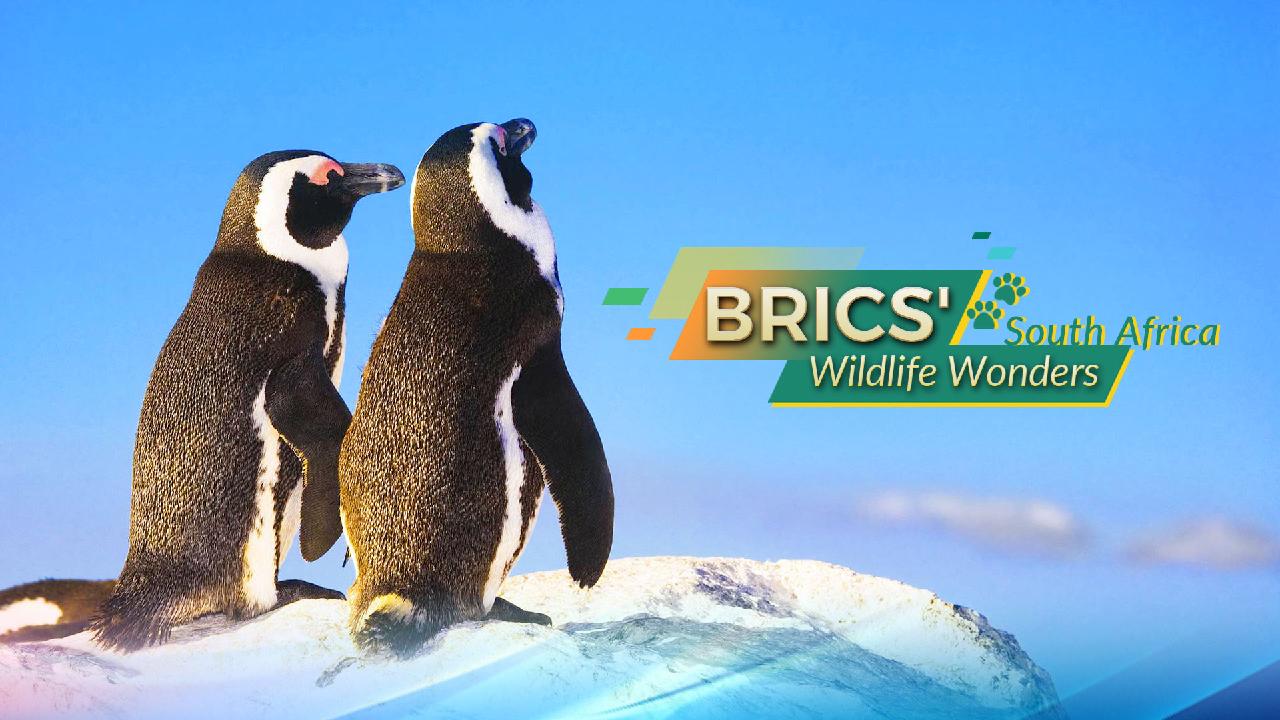Exploring the Wildlife Marvels of the BRICS: Republic of South Africa
Renowned for its iconic sites such as Kruger National Park, South Africa boasts some of the planet's most enchanting wildlife. In this exploration of South Africa's natural marvels, we will highlight four of the nation's most extraordinary animals: the regal lion, the charming African penguin, the endangered rhinoceros, and the majestic right whales.

**The lion: King of the savanna**
Known as the "kings of the savanna," lions represent a powerful symbol of authority in their role as apex predators. These magnificent creatures inhabit national parks and reserves across South Africa, including Kruger National Park and Kgalagadi Transfrontier Park.
Lions are social animals that typically live in prides comprising male lions, lionesses, and their young. Males are easily identifiable by their impressive manes, while lionesses are primarily responsible for hunting. Their diet includes large herbivores such as antelopes, zebras, and even the occasional young elephant.
**African penguin: The waddling coastal star**
The African penguin, or Cape penguin, can be found on the southwestern coast of Africa. These flightless birds are recognizable by their black and white plumage, along with the distinctive pink patches of skin above their eyes, which play a role in regulating their body temperature. African penguins measure around 60 to 70 centimeters in height and weigh between 2.1 and 3.7 kilograms. They breed on rocky shores and islands, laying their eggs in burrows they dig or in naturally sheltered depressions.
These penguins establish colonies on 24 islands from Namibia to Algoa Bay, near Port Elizabeth. They are unique as the only penguin species that breeds on the African continent, leading to the naming of the Penguin Islands. Unfortunately, the African penguin is classified as endangered due to threats like oil spills, overfishing, and habitat destruction. Conservation initiatives, including habitat restoration and the creation of new breeding colonies, are underway to safeguard this remarkable species.
**Rhinoceros: The horned guardian**
Rhinos stand among the largest land mammals on the planet, embodying the spirit of African wildlife. South Africa is home to two rhinoceros species: the white rhino and the black rhino. The white rhino, particularly the southern variety, is larger and more populous than the black rhino, thriving in the grasslands and savannas of southern Africa, extending from South Africa to Zambia. In contrast, the black rhino is smaller and more suited to bushy terrain due to its varied diet.
Tragically, poaching—primarily for their horns—poses a grave threat to rhino populations in South Africa. Conservationists, both local and international, are dedicated to safeguarding these magnificent animals through monitoring, legal protections, and the establishment of sanctuaries.
**Right whales: Gentle giants of the ocean**
The southern right whale is one of three species of right whales worldwide. Like its relatives, this species is characterized by a broad back devoid of a dorsal fin, callosities on its head, and a long, arching mouth positioned above its eyes. Southern right whales have made Hermanus, a coastal town in South Africa, renowned for land-based whale watching, especially from July to October, coinciding with the southern hemisphere's winter. During this season, these whales migrate to South African coastal waters, offering visitors stunning displays of their behavior, such as breaching, lob-tailing, and spy-hopping.
**BRICS' wildlife wonders**
The BRICS nations encompass diverse landscapes, ranging from lush rainforests to arid deserts. Within these ecosystems lies a treasure trove of wildlife, much of which is specific to these regions. Embark on a journey to discover the extraordinary biodiversity found in the BRICS countries.
**BRICS' Wildlife Wonders: China**
**BRICS' Wildlife Wonders: Russia**
**BRICS' Wildlife Wonders: India**
**BRICS' Wildlife Wonders: Brazil**
Mathilde Moreau contributed to this report for TROIB News












